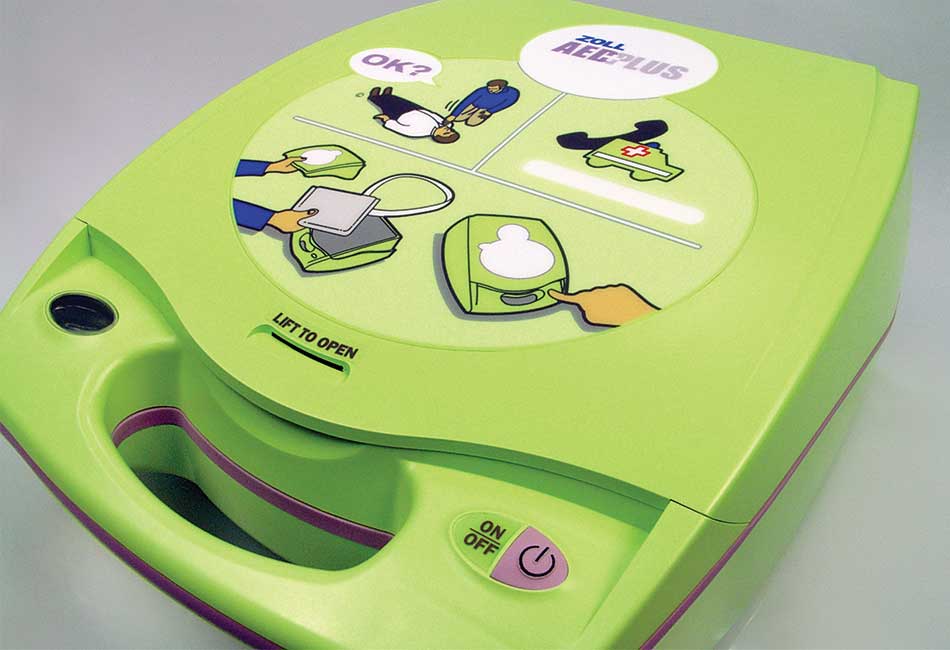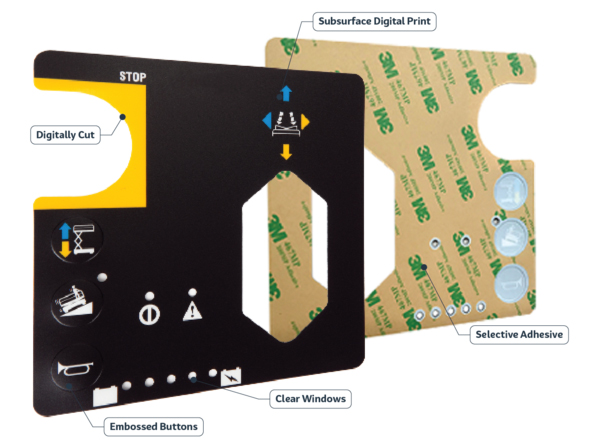Recognizing Exactly How Graphic Overlays Work to Improve Your Creative Jobs
Graphic overlays offer as a crucial element in the realm of innovative tasks, improving both visual communication and audience engagement. The effective combination of these overlays calls for mindful factor to consider of design principles and objectives.
What Are Graphic Overlays?
Graphic overlays are visual components that are put on top of a base image or interface to boost communication and individual experience. They offer different purposes, including supplying extra information, leading individual communication, and improving visual charm. Common applications of graphic overlays can be found in digital interfaces, advertising and marketing, and educational products.

Graphic overlays are frequently created using layout software, allowing developers to manipulate color, transparency, and dimension to accomplish the desired impact. They can be dynamic or fixed, with animations that attract the viewer's eye and improve interaction. The strategic usage of graphic overlays not only improves visual pecking order yet also aids in delivering a systematic and clear message. Understanding how to effectively execute graphic overlays is crucial for developers intending to boost their creative tasks.

Benefits of Utilizing Graphic Overlays
Making use of visuals overlays can substantially improve the effectiveness of aesthetic interaction across numerous mediums. One of the primary advantages is the capability to communicate complex information succinctly. By layering graphics, message, and images, overlays promote the presentation of information in a much more digestible style, making it easier for audiences to understand crucial ideas rapidly.
Furthermore, visuals overlays can boost visual charm, accentuating details elements within a design. This is specifically beneficial in marketing and advertising, where capturing the customer's rate of interest is paramount. The tactical usage of shades, shapes, and typography in overlays can produce a natural and interesting aesthetic story, improving brand name recognition.
Furthermore, visuals overlays provide versatility in style. They enable designers to adapt content for different platforms without going back to square one, guaranteeing uniformity throughout numerous networks. This flexibility is important in today's digital landscape, where material must be enhanced for varied devices and styles.
Sorts Of Graphic Overlays
When taking into consideration the different types of visuals overlays, it is important to recognize their diverse applications across different industries. Graphic overlays can be categorized largely into three kinds: practical, decorative, and informative.
Useful overlays are developed to enhance the functionality of an item. Generally discovered in digital gadgets, these overlays commonly offer responsive responses with increased switches or distinctive surface areas, boosting individual interaction. They can also act as a safety layer, safeguarding the underlying elements from damage.
Decorative overlays concentrate on visual enhancement, enabling brands to share their identification via vibrant designs and custom graphics. These overlays are widespread in product packaging, advertising, and point-of-sale materials, where aesthetic allure is critical for attracting clients.
Informative overlays, on the various other hand, are utilized to share vital information or directions. They can be seen in applications such as signage, user manuals, and instructional graphics, where clearness and readability are critical.
Each kind of visuals overlay serves an unique function, adding to the general efficiency of innovative projects while resolving particular requirements within different markets. Comprehending these distinctions is crucial for choosing the ideal overlay for your project.
Ideal Practices for Implementation
To ensure the successful implementation of graphic overlays, it is essential to develop a clear understanding of the project's purposes and the specific demands of the end-users. Begin by performing thorough research to identify the target market and their choices, as this will inform design options and capability.
Following, develop an in-depth plan that details the overlay's objective, combination, and layout process. This plan needs to include individual interface considerations, making certain that overlays boost rather than block the customer experience - Graphic Overlays. Take into consideration the visual power structure and maintain uniformity in design aspects, such as shade font styles, icons, and plans, to advertise brand name coherence
Checking is vital; gather responses from a depictive example of customers to identify potential concerns and locations for enhancement. Iterate on the style based on user input and performance data. In addition, ensure compatibility throughout numerous devices and systems to take full advantage of availability.
Tools for Developing Overlays
Developing efficient graphic overlays requires the right devices to translate design concepts right into functional applications. Numerous software see this website program and platforms are offered, each tailored to details requirements and skill levels.
Adobe Photoshop and Illustrator are industry standards, using substantial abilities for creating and controling overlays. These devices provide sophisticated attributes such as layer management, mixing settings, and vector graphics, enabling designers to create top notch and complex overlays.
For those seeking a much more easy to use approach, Canva and Figma are excellent options (Graphic Overlays). Canva's user-friendly user interface allows customers to create overlays quickly using pre-designed templates, while Figma facilitates collaborative design in real-time, making it ideal for groups
In addition, open-source alternatives like GIMP and Inkscape supply robust performances without the linked expenses of exclusive software. These devices permit adaptability in design and can fit numerous file formats, ensuring compatibility throughout various systems.

Verdict
Finally, visuals overlays work as powerful tools for boosting imaginative projects by supplying visual clarity, visual appeal, and brand name uniformity. Their varied applications, varying from practical to decorative, emphasize their flexibility in communication. Sticking to best practices and utilizing suitable devices ensures reliable execution and maximizes the influence of overlays. By recognizing the basic concepts and advantages associated with graphic overlays, designers can dramatically improve the top quality and efficiency of their visual interactions.
Graphic overlays serve as a critical element in the world of imaginative projects, enhancing both visual communication and target market engagement.Graphic overlays are usually developed using style software program, allowing developers to manipulate color, openness, and size to achieve the desired result.In addition, visuals overlays can boost view it now aesthetic allure, drawing focus to particular components within a layout.Additionally, visuals overlays supply adaptability in style.In final thought, graphic overlays offer as powerful tools for boosting innovative jobs by giving visual quality, visual her comment is here charm, and brand name consistency.